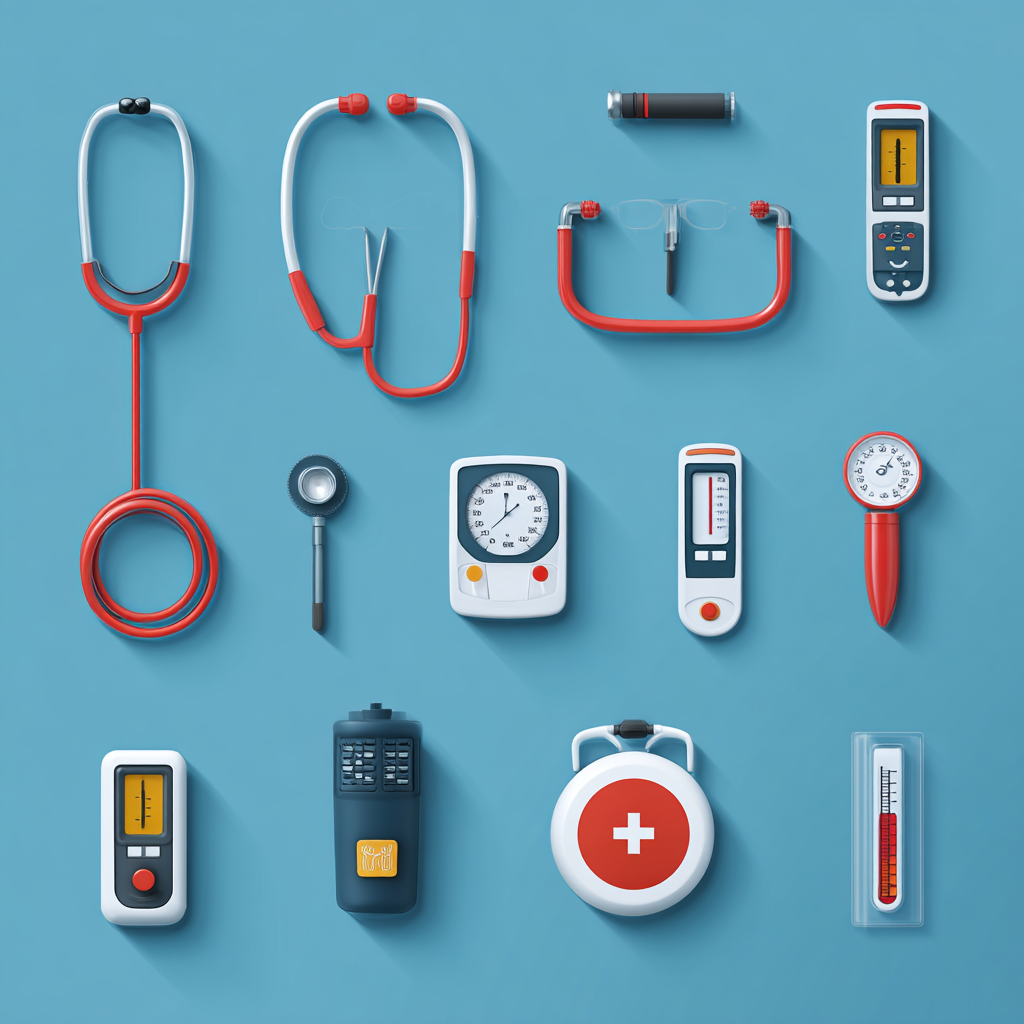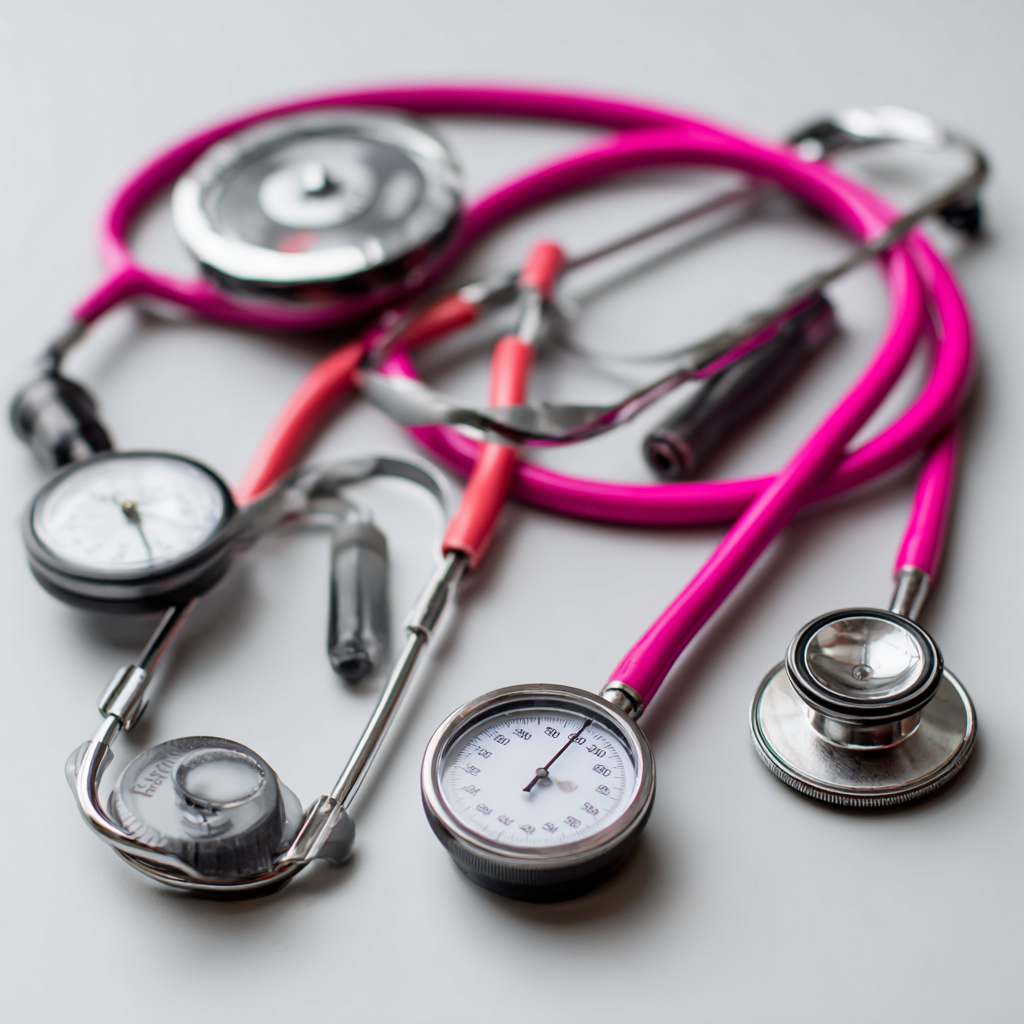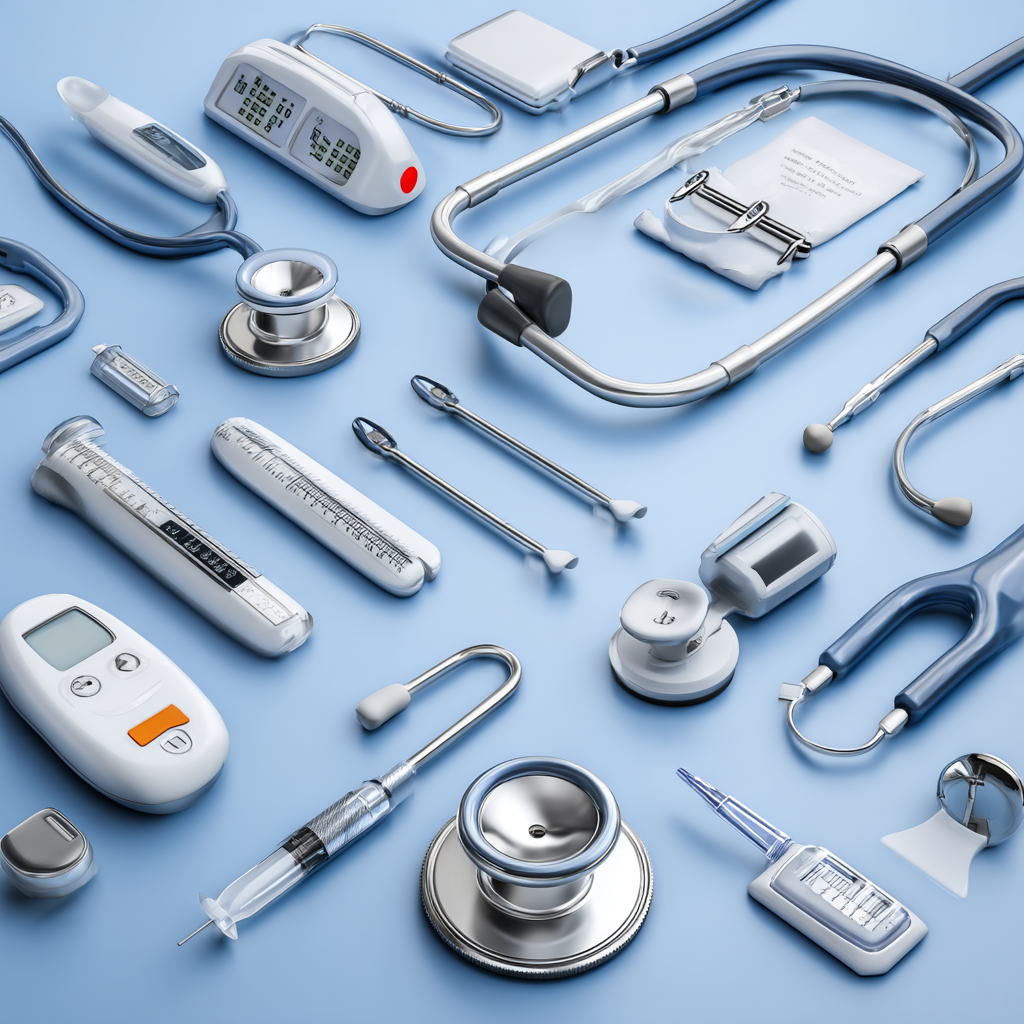What is the Role of Medical Accessories in Modern Healthcare?
In the ever-evolving landscape of modern healthcare, the role of medical accessories has become increasingly significant. These vital tools not only enhance the efficiency of medical practices but also contribute substantially to patient care. From diagnostic equipment like blood pressure monitors to daily wearables such as glucose sensors, medical accessories are designed to support healthcare professionals in delivering precise and timely medical interventions. As technology advances, these accessories are becoming smarter and more integrated into healthcare systems, streamlining processes and providing real-time data that empower both providers and patients. This blog will explore the pivotal functions of medical accessories, highlight innovative trends, and offer practical tips for healthcare practitioners to optimize their use, ultimately improving health outcomes and patient experiences in today's medical environment.

The Essential Types of Medical Accessories in Today's Healthcare
In modern healthcare, medical accessories play a vital role in enhancing patient safety, improving diagnostic accuracy, and facilitating effective treatment. Essential types of medical accessories include diagnostic tools such as stethoscopes, sphygmomanometers, and thermometers, which are crucial for monitoring patient conditions. The global market for diagnostic medical devices is projected to reach $60 billion by 2024, indicating the growing reliance on these tools for timely and accurate health assessments.
Another critical category of medical accessories encompasses surgical instruments, including scalpels, forceps, and sutures, which are essential for conducting safe and effective surgeries. According to the "Surgical Instruments Market" report, the market is projected to grow at a CAGR of 7.5% from 2021 to 2028. These instruments not only improve surgical outcomes but also help in minimizing complications and enhancing recovery rates. Moreover, advancements in technology have led to the development of smart medical accessories, such as wearable health monitors and infusion pumps, further revolutionizing patient care and making it more efficient and accessible.

How Medical Accessories Enhance Patient Safety and Care Efficiency
In modern healthcare, medical accessories play an indispensable role in enhancing patient safety and care efficiency. These components, ranging from simple items like bandages and syringes to high-tech devices such as infusion pumps and diagnostic tools, are designed to support healthcare professionals in delivering optimal patient care. By providing reliable and accurate means to monitor and treat patients, medical accessories help minimize errors associated with medication administration and various clinical procedures.
Furthermore, the integration of advanced medical accessories into healthcare systems streamlines operational processes, allowing for quicker and more effective responses in critical situations. For instance, electronic monitoring devices not only keep track of vital signs in real-time but also alert staff to any abnormalities, enabling timely interventions. This efficiency not only boosts the overall quality of care but also instills greater confidence in patients and their families, knowing that they are receiving the best possible monitoring and treatment during their healthcare journey. The thoughtful implementation of these accessories is thus crucial for maintaining high standards of safety and efficiency in today’s complex healthcare environments.
Impact of Medical Accessories on Patient Safety and Care Efficiency
The Impact of Technology on Medical Accessories Development
The advancement of technology has significantly revolutionized the development of medical accessories, enhancing their functionality and ensuring better patient outcomes. According to a recent report by Grand View Research, the global medical accessories market is projected to reach $66.67 billion by 2025, growing at a compound annual growth rate (CAGR) of 7.6%. This growth can be attributed to the increasing adoption of sophisticated medical devices, which now integrate advanced technologies such as artificial intelligence and the Internet of Things (IoT) to monitor patient health in real-time.
Moreover, the integration of smart technologies into medical accessories has improved accuracy and efficiency in healthcare. For example, wearable devices equipped with sensors can track vital signs continuously, while smart intravenous (IV) systems can automate medication delivery, thereby reducing human error.
A report by MarketsandMarkets indicates that the wearable medical devices market alone is expected to reach $27.91 billion by 2022. This illustrates a clear trend towards innovation in medical accessories, allowing healthcare professionals to provide more personalized and timely care to patients. The ongoing technological advancements promise to further enhance the capabilities of these accessories, ultimately leading to improved healthcare experiences.
Key Considerations for Choosing the Right Medical Accessories
When selecting the right medical accessories, several key considerations must be accounted for to ensure they enhance the quality of patient care. First and foremost, compatibility with existing medical systems and devices is crucial. Accessories need to work seamlessly within the established infrastructure, minimizing any disruptions to workflow. This alignment also involves understanding the specific requirements of different medical environments, whether it be hospitals, outpatient clinics, or specialized facilities.
Another vital factor is compliance with regulatory standards. Medical accessories must adhere to strict guidelines to guarantee safety and efficacy. This encompasses not only the materials used but also the manufacturing processes involved. Training staff about supplier qualification and understanding best practices can significantly reduce risks associated with non-compliance. Additionally, organizations should consider the longevity and reliability of these accessories, as investing in durable products can lead to cost savings and improved patient outcomes in the long run.
Future Trends in Medical Accessories and Their Role in Healthcare Innovations
As healthcare evolves, the integration of advanced medical accessories is crucial in driving innovations that enhance patient care and operational efficiency. According to a recent report by MarketsandMarkets, the global market for medical accessories is expected to reach approximately $50 billion by 2025, growing at a CAGR of 6.5%. This growth is primarily driven by the increasing demand for home healthcare devices, as patients prefer the convenience and comfort of receiving care in their own environments.
Emerging technologies such as IoT and AI are reshaping the landscape of medical accessories. Devices equipped with smart sensors and connectivity can monitor vital signs in real-time and provide predictive analytics to healthcare professionals. A study published in the Journal of Medical Internet Research highlighted that integrating these technologies can improve patient outcomes by up to 30%. As innovations continue to penetrate the healthcare sector, the role of medical accessories will expand, fostering a more proactive approach to health management and significantly improving the overall efficiency of healthcare delivery systems.

Related Posts
-

10 Essential Medical Supplies You Can't Afford to Overlook for Optimal Healthcare
-

Mastering the Essentials of Weighing Scale Usage for Accurate Measurements
-

7 Best External Catheters Transforming Male Healthcare in 2023
-

5 Best Health Equipment Solutions for Global Importers
-

How to Choose the Right External Catheter for Your Needs and Comfort
-

Understanding the Advantages of Lung Exercise Machines for Respiratory Health
HEMC (Hospital Equipment Manufacturing Company) was established in the year 1981 and has since been engaged in the export of Medical equipments, Hospital equipments, Orthopaedic Implants & instruments, Laboratory equipments, Scientific & Educational products worldwide. Your support has made us a "Government of India" recognised export house. Our goods have reached all continents from "The Americas" to "Europe" and beyond…